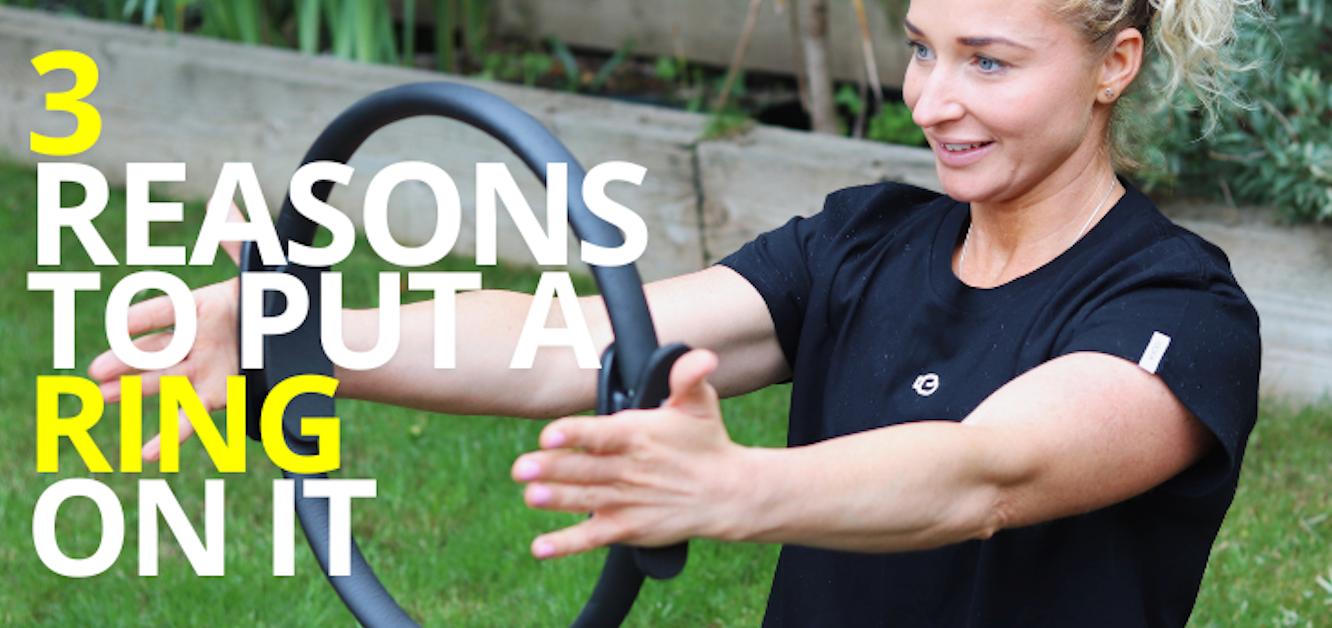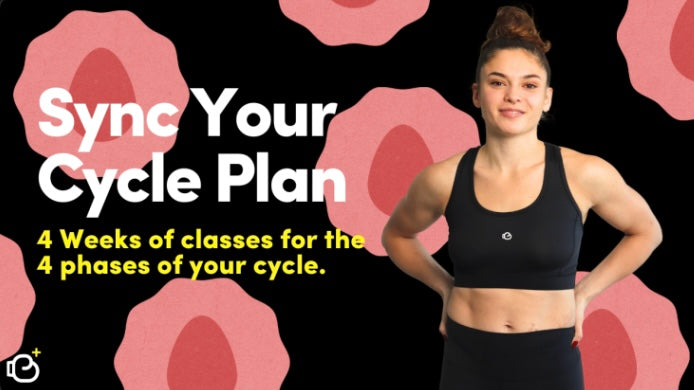The most commonly expressed reason for not going on that morning stroll, taking that exercise class, or forming a consistent routine with exercise is “I don’t have time”.
Finding time is especially hard when you’re first establishing a relationship with exercise but can also be hard when you have been exercising consistently for some time.

Our resident Exercise Psychologist Emma Slade explores and explains how we can overcome the hurdle of time when it comes to our exercise.
Is lack of time a perception or reality?
In the busyness of our modern lives, it can be difficult to keep a track of where we are actually spending our time. If you have identified a lack of time is keeping you from exercising, I’d encourage you to take a “time-audit” to explore where your time is being spent.
An easy way to do this is to create a table: 7 columns across for each day of the week, and then as many rows down depending on how you want to break up the day. For example, you might like to start at 5am, and insert rows for every hour, 30 minutes, or 15 minutes, through to your bedtime (or in the theme of saving time, search Google images “weekly time planner” for a pre-made one. At the end of each day, fill out what you do in each time block, and review at the end of the week. What do you find?
For some, the perception of a lack of time will in fact be a reality. Perhaps you are fully committed to other parts of life, and you cannot identify any amount of time (no matter how small) where you can exercise. For others, and I would say for most, a lack of time is a perception. And this is not to say you are using a lack of time as an excuse or not working hard to attend to multiple areas of your life! But rather, perhaps we need to introduce more flexibility into our notion of what an exercise regime “should” look like to facilitate more movement into your life.
How can I navigate the issue of time?
As a first step, are there any “big ticket” portions of time you can see in your audit that are a) relatively easy to change, and b) will provide you with ample time for a workout or a different form of movement? For example, if you notice that on three days of the week you spent 40 minutes in the rabbit hole known as Instagram, watching turtles eating strawberries and puppies chasing their own tails, perhaps this is time you can spend on movement.

While Instagram might feed you a source of feel-good chemicals in your brain (like dopamine and serotonin), this is often short lived. Exercise will give you these same hormones, plus an array of longer-term health benefits.
It may also help to look across your priorities. And while you may note exercise as a priority, perhaps changing what this entails (at least to begin with) is key. We often hold the idea that exercise must be a 60-minute gym workout. But other ways to incorporate movement into your life and reap the health benefits include:
- Partaking in shorter workouts. Perhaps you can see a 20-30 minute portion of time in the morning where you could workout before getting ready for work. At home sessions such as Boxx+ workouts can afford you more time by removing the time spent commuting to the gym while offering you a great workout.
- Getting off one or two bus or train stops earlier and walking the remainder of the distance to work or to home. Or perhaps changing your daily commute completely and walking or riding a bicycle.
- Spending 20 minutes of your lunch break on a walk.
- Rather than sitting when talking on the phone, “walk and talk”.
- Park as far away as possible from the shops.
- Take the stairs rather than the lift.

But, I do want to workout. While the above examples will introduce more movement into your life and incidental activity is great for our overall health, some individuals will still want to hit a great workout or a gym session. If this is the case for you, looking at your time audit and seeing how you can shuffle and plan your time is key. Planning is crucial. Entering into a new week and expecting exercise to just happen will most likely lead to it not happening. Intentions are wonderful, but when the busyness of life sets in, these will be overridden. At the start of your week, schedule the next week of workouts into your diary, just like they are appointments. Next, consider if you can pre-prepare any aspects of life to increase the likelihood of the workouts occurring. For example, when you cook dinner Monday night, you might make three servings worth. That way you can go to that 5pm exercise class Tuesday and Wednesday knowing dinner is already made. Or, when putting your washed clothes away you might pre-select you workout attire and lay these out, decreasing the mental load when it comes to getting ready or packing your gym bag.
Next, have a Plan B. Some days our best plans just do not happen, so having a back-up plan is important. For example, you may have planned to walk to work but the weather isn’t suitable. You might then plan that “when the weather is bad and I can’t commute to the Boxx studio, I’ll workout at home at the same time via the Boxx+ app”.
If you know of someone such as a friend, family member, or work colleague who does maintain a consistent workout routine within a very busy life, ask them what helps them in prioritising their exercise.
Often we can grab ideas from others who lead a very similar life to our own.
What can we learn from other busy people? Busy people who maintain a consistent exercise regime often have high self-efficacy. What this means is they have the belief in their ability to execute behaviours in ways necessary to reach their goals. In other words, they’re confident that they can exercise even when they are busy. This isn’t something they are miraculously born with. Rather, they have plenty of lived experience of being busy and being an exerciser. So keep in mind that every time you successfully integrate exercise into your life, you are also building your confidence that you can maintain an exercise routine.
As previously mentioned, changing your idea of what exercise entails at least to begin with can help – as you gradually build more snippets of movement into your daily life, a snowball effect can occur with your confidence, which will encourage you to add more structured exercise into your busy routine. Lastly, accept you are a whole person. Part of living a meaningful and fulfilled life is attending to multiple facets of your life, whatever those may entail. Accept that busy seasons of life occur, and that sometimes our priorities shift and change, including exercise.



